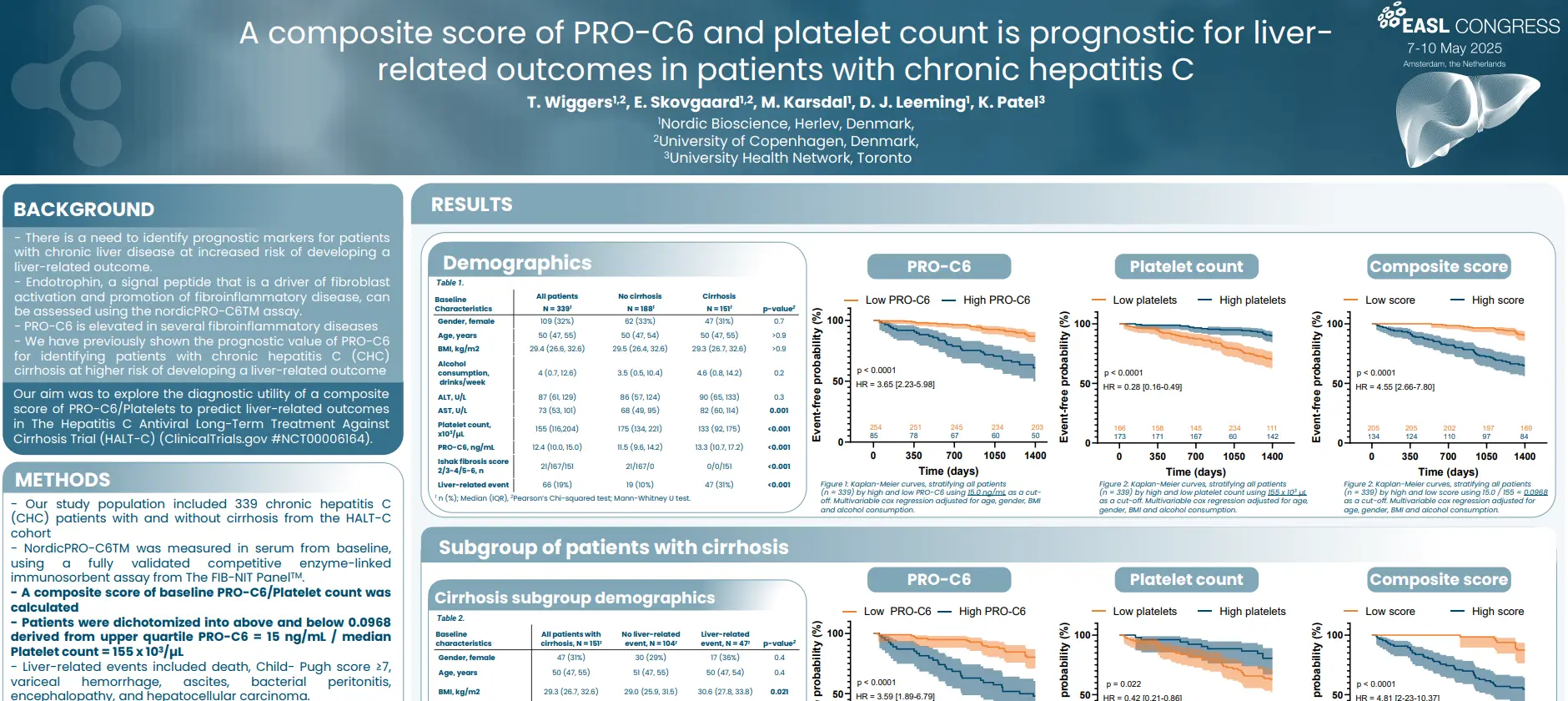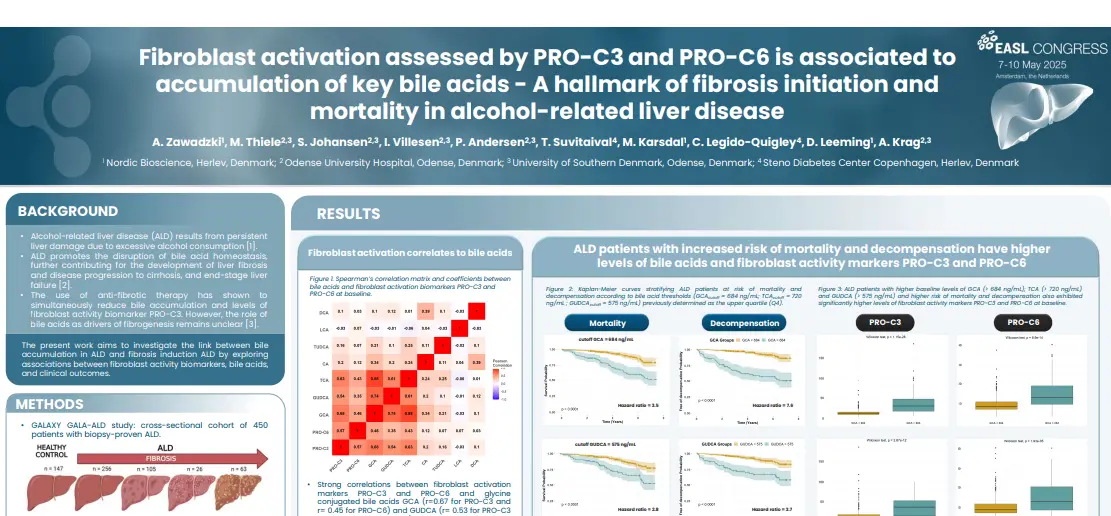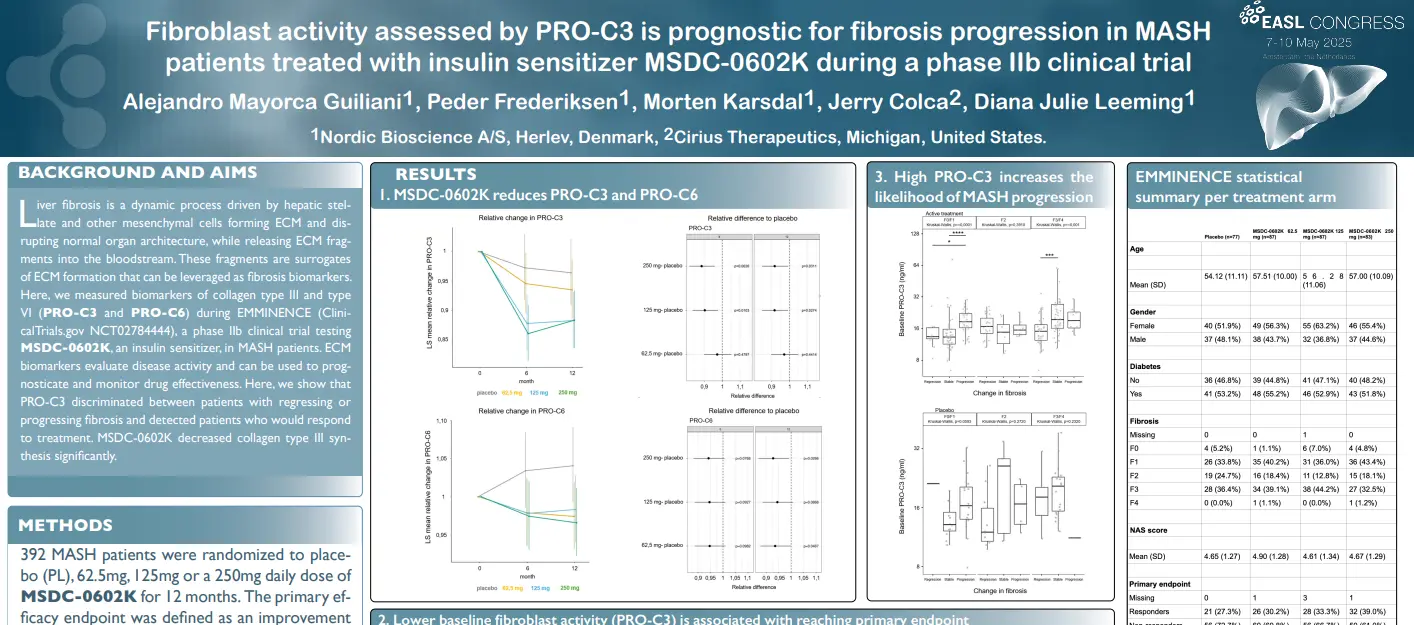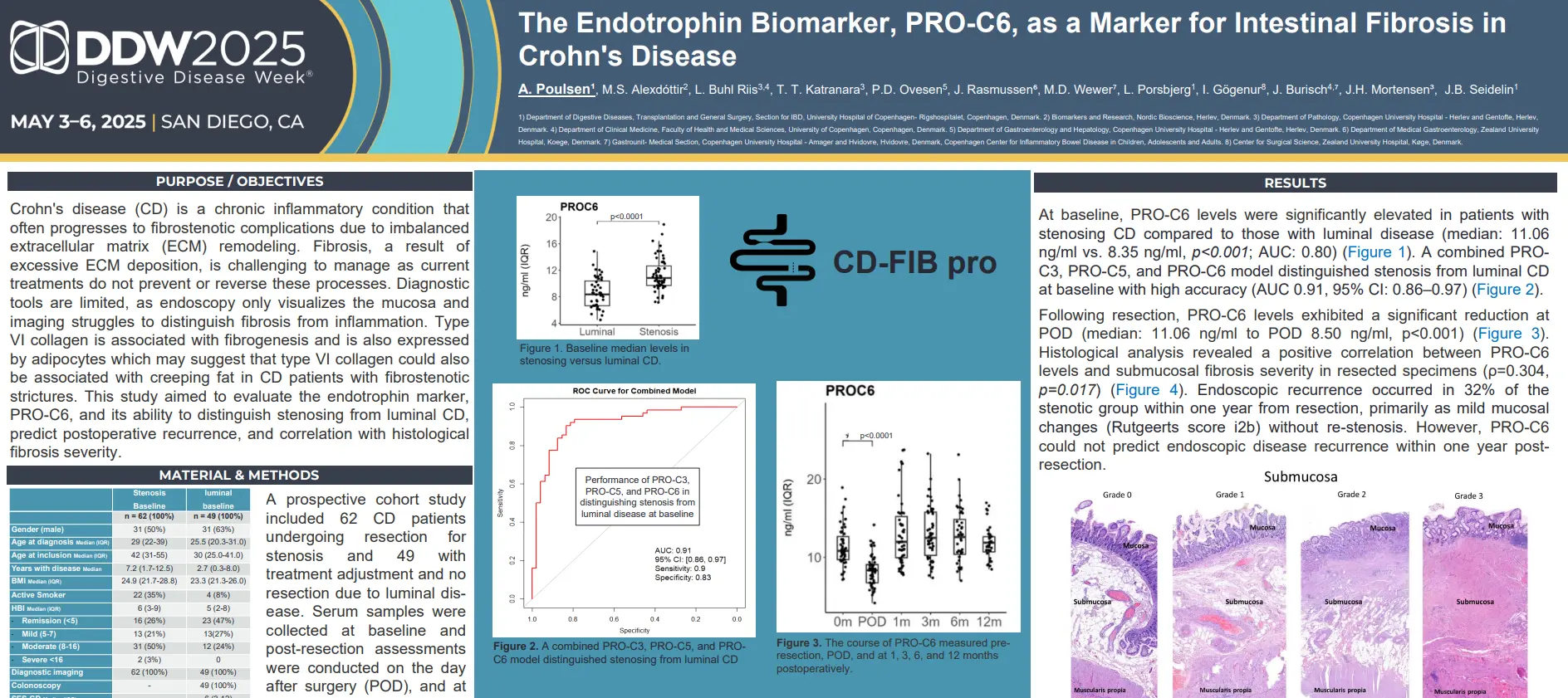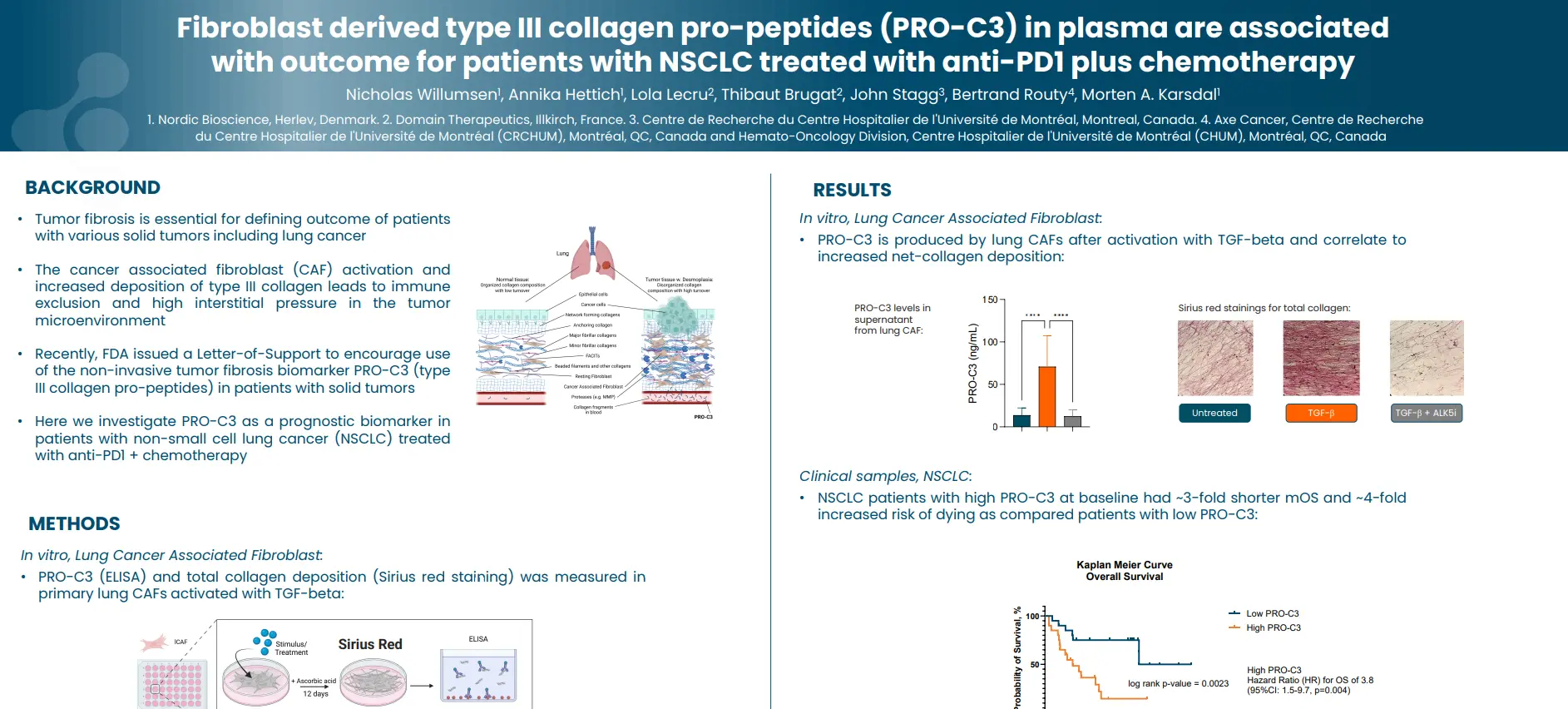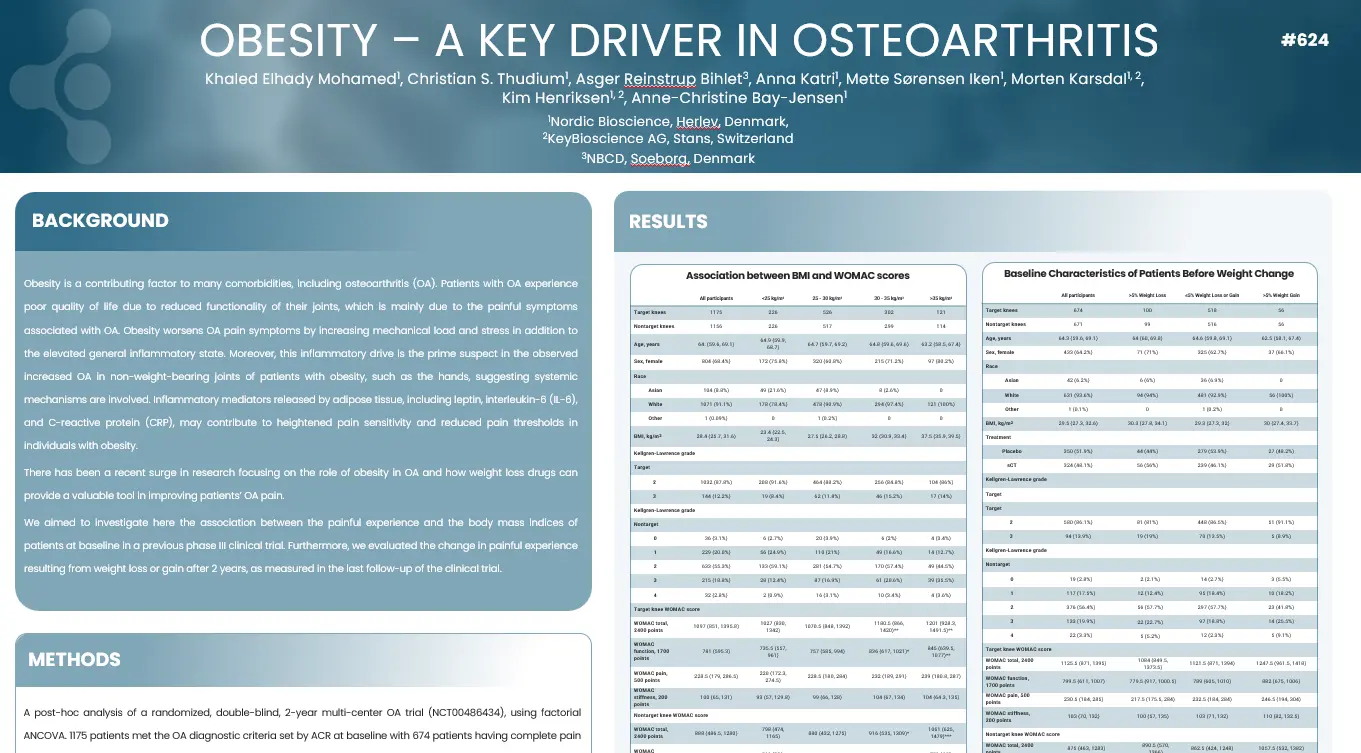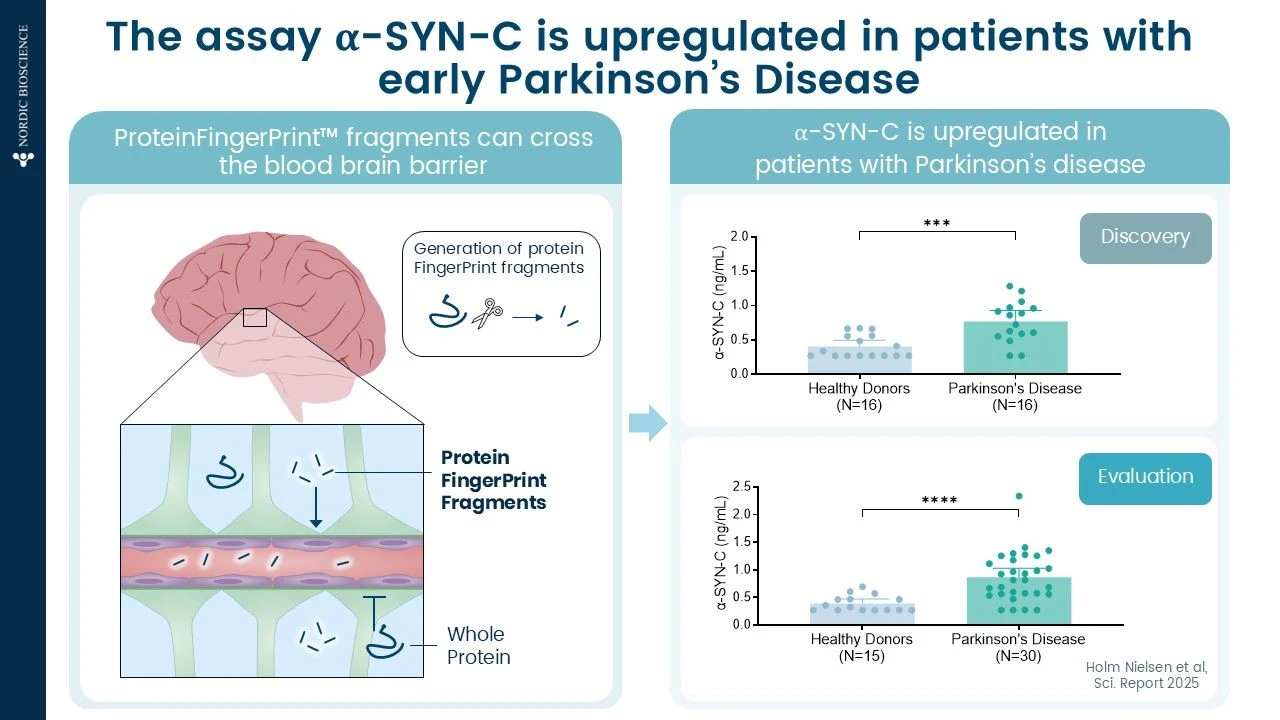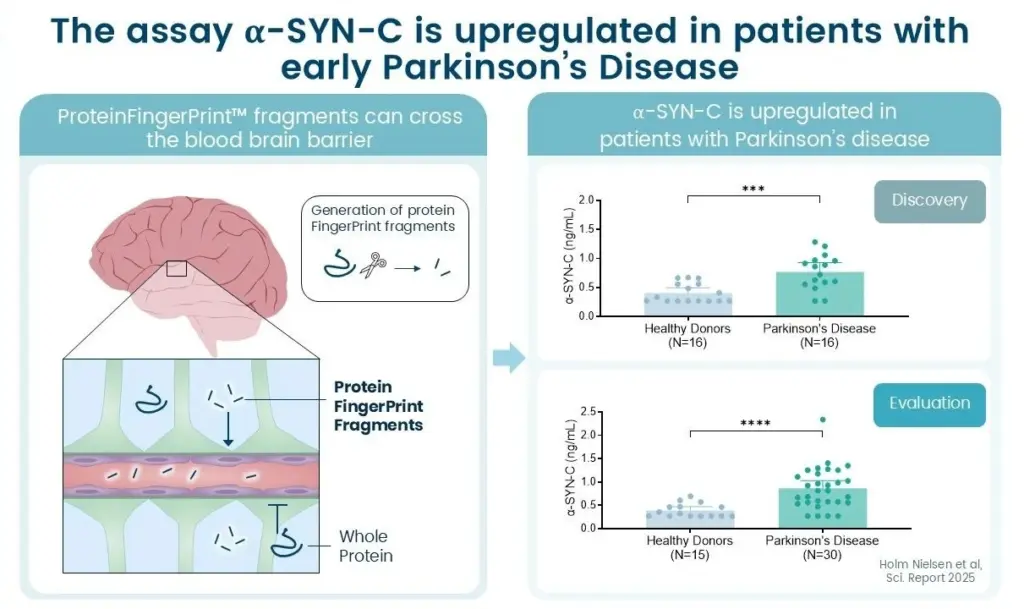A composite score of PRO-C6 and platelet count is prognostic for liver-related outcomes in patients with chronic hepatitis C
Introduction
There is a need to identify prognostic markers for patients with chronic liver disease at increased risk of developing a liver-related outcome. NordicEndotrophin™, a signal peptide that is a driver of fibroblast
activation and promotion of fibroinflammatory disease, can be assessed using the nordicPRO-C6™ assay.
Our aim was to explore the diagnostic utility of a composite score of nordicPRO-C6™/Platelets to predict liver-related outcomes in The Hepatitis C Antiviral Long-Term Treatment Against Cirrhosis Trial (HALT-C).
Poster
Conclusion
A composite score combining nordicPRO-C6™ and platelet count has been shown to improve the prognosis of liver-related outcomes in patients with chronic hepatitis C (CHC) cirrhosis compared to nordicPRO-C6™ or platelet count alone. Notably, among CHC patients with cirrhosis, those classified in the low-score group experienced no liver-related outcomes for more than two years. This nordicPRO-C6™/platelet count composite score may therefore offer a more effective tool for risk stratification in CHC patients with advanced liver disease. However, further validation is needed to confirm its prognostic value in CHC patients following sustained virologic response (SVR), as well as in individuals with other forms of advanced-stage chronic liver disease.
